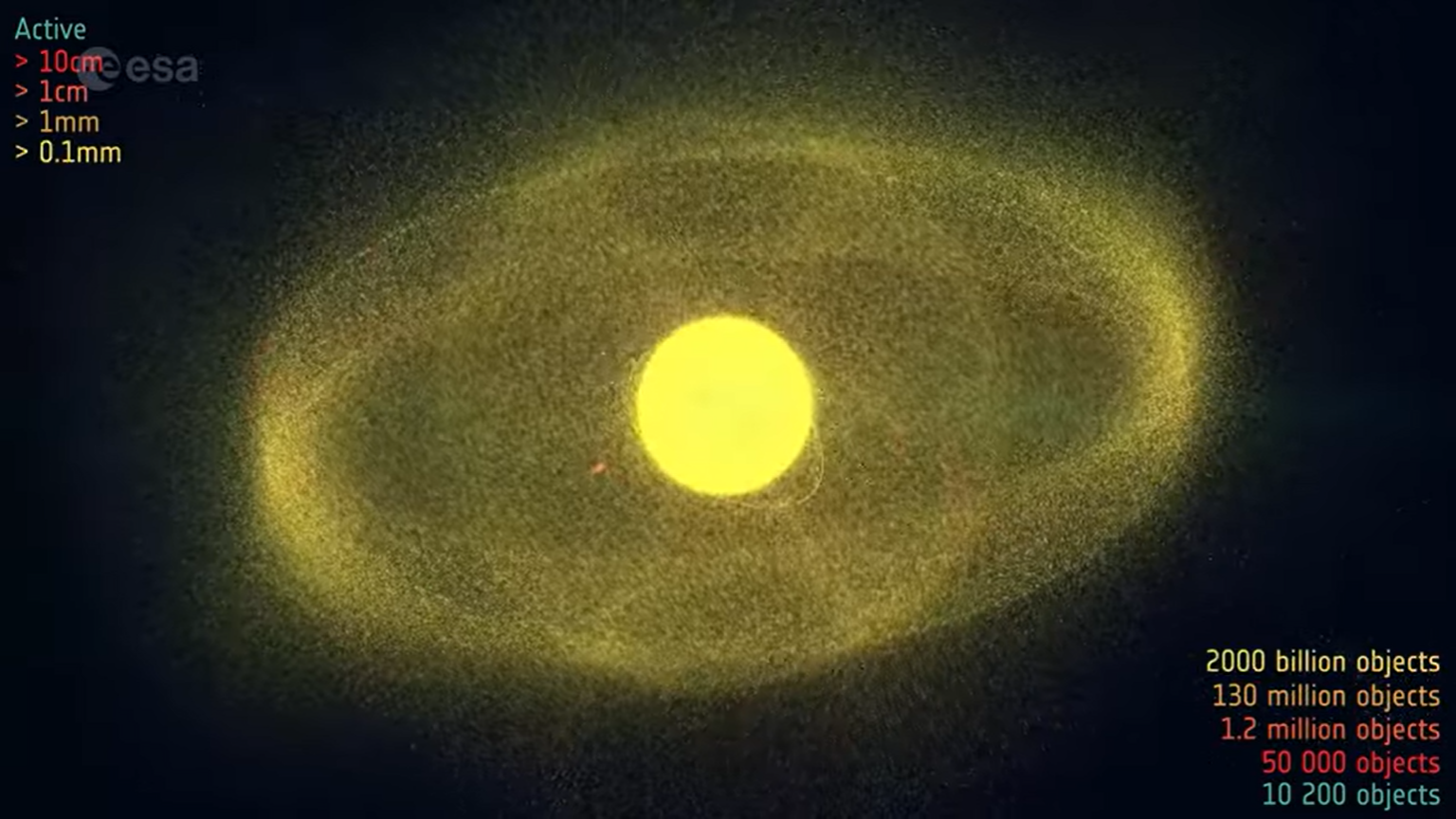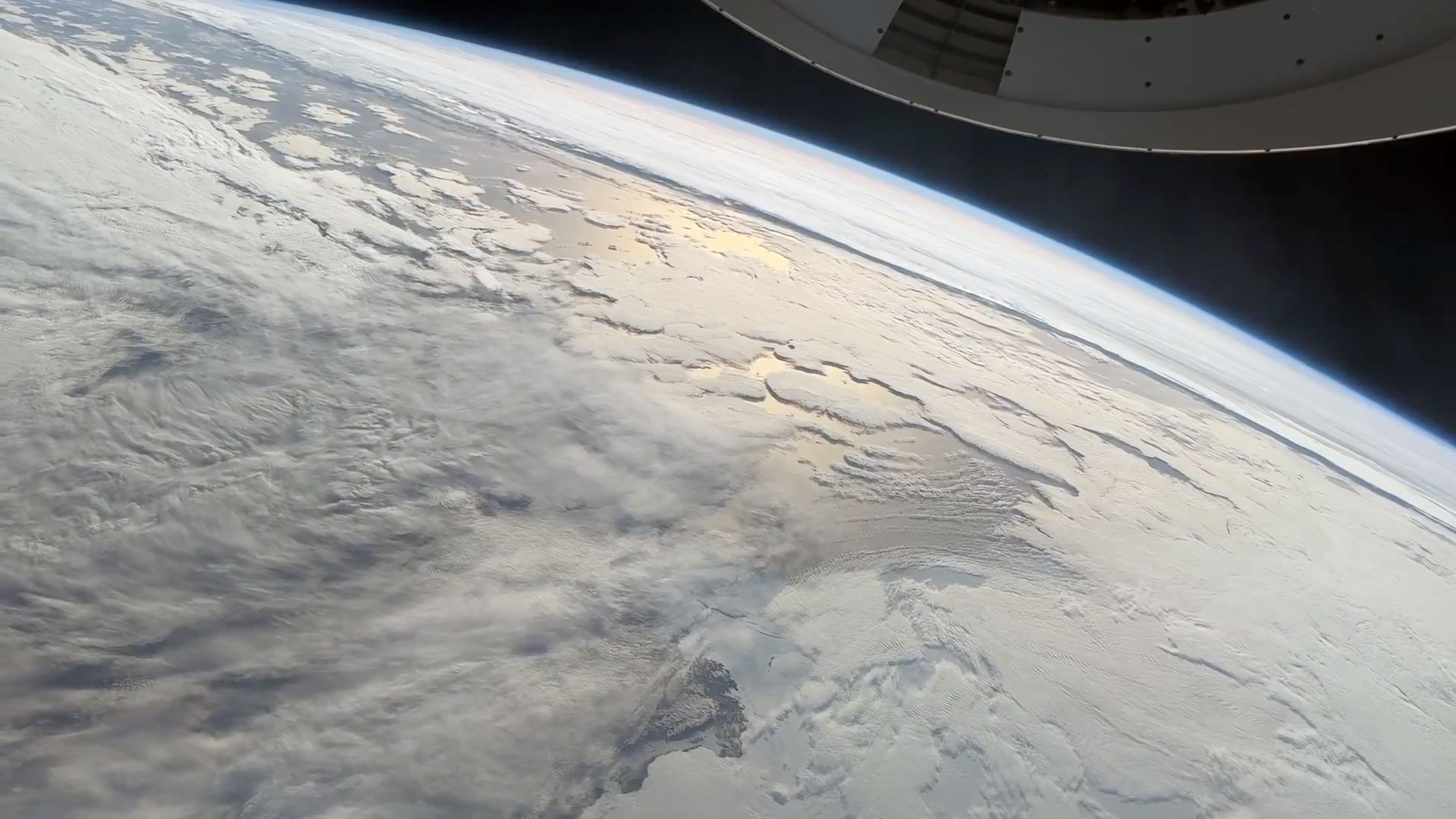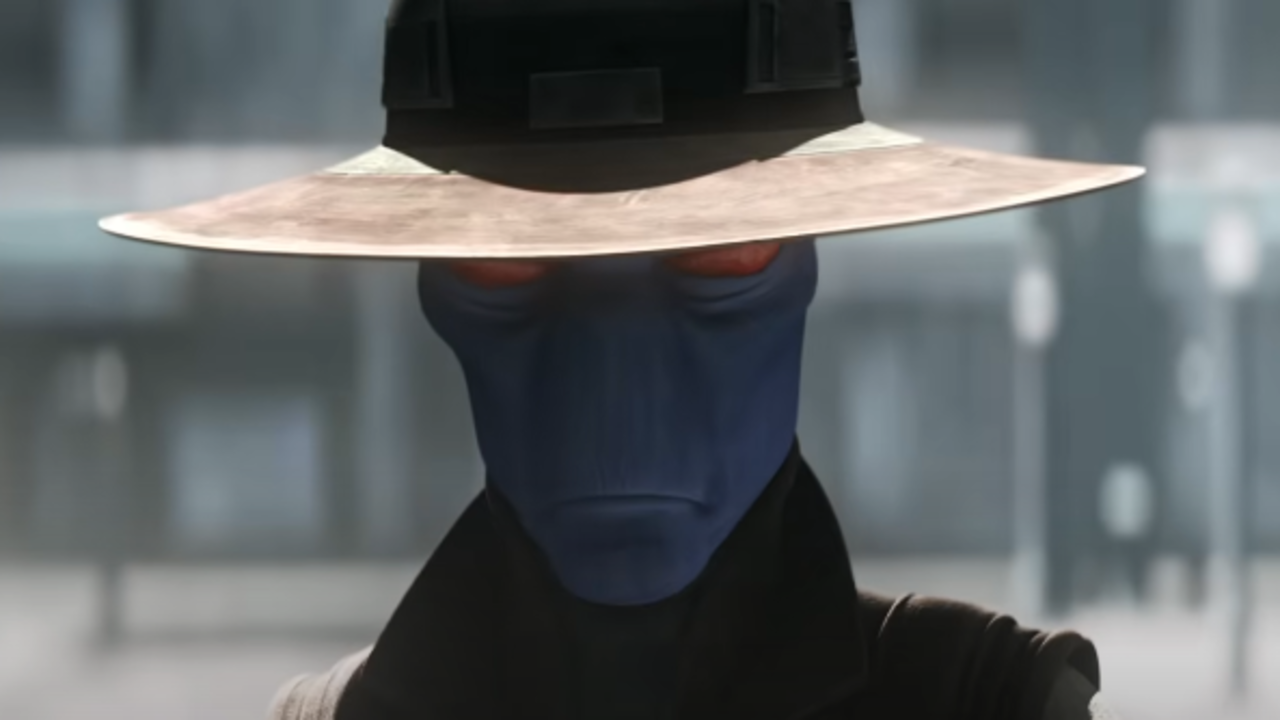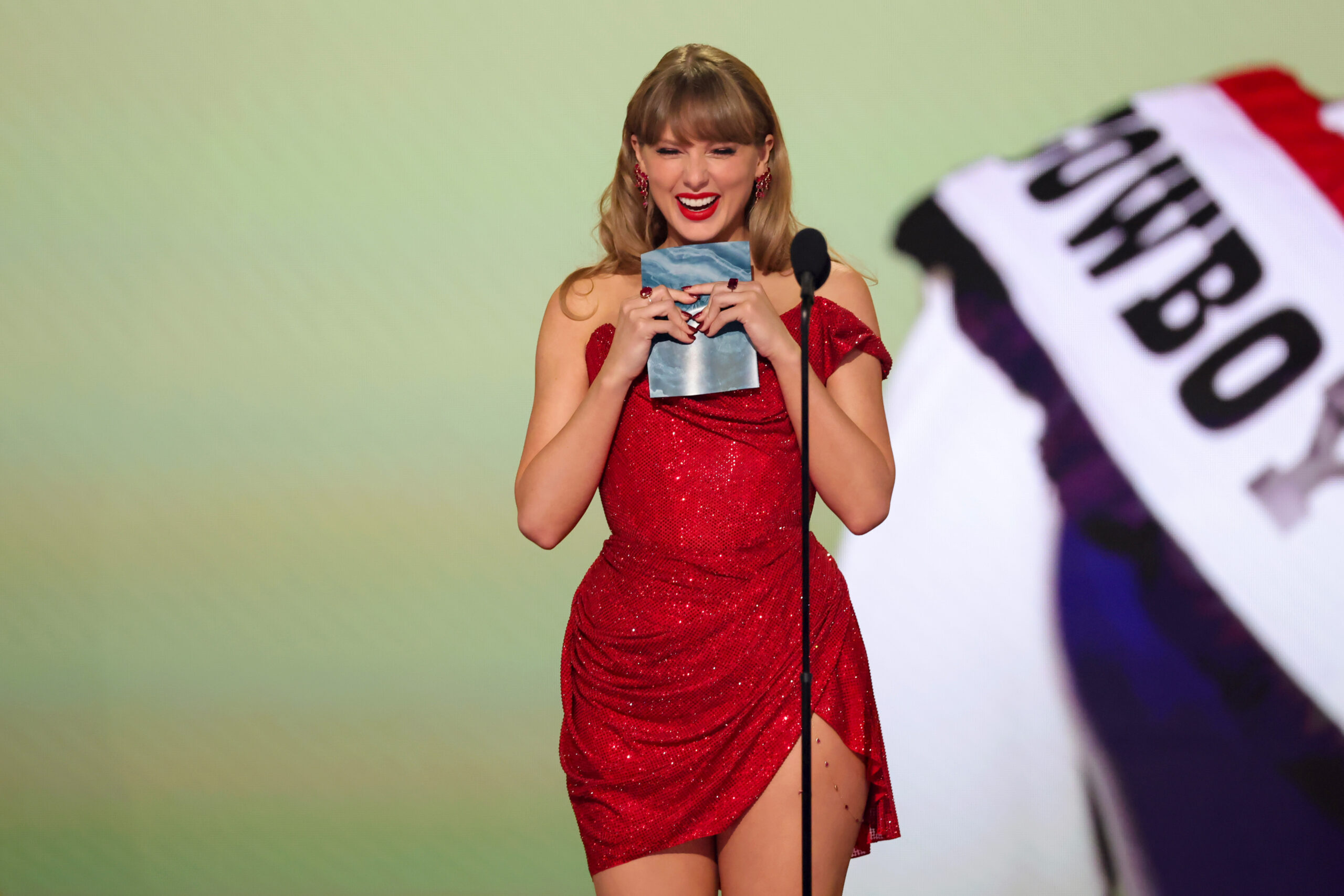Duckapalooza: Many photos and videos of our Botany Pond mallards
I’ve been busy at the pond watching the ducks and giving a bit of a nosh to Mordecai and Esther, who are doing well. They look fat and happy, though I saw another drake at the pond today and the trio flew off together. (Yes, the males create a “rape culture” (the technical term is … Continue reading Duckapalooza: Many photos and videos of our Botany Pond mallards

I’ve been busy at the pond watching the ducks and giving a bit of a nosh to Mordecai and Esther, who are doing well. They look fat and happy, though I saw another drake at the pond today and the trio flew off together. (Yes, the males create a “rape culture” (the technical term is “forced copulation”) for the hens, who must constantly avoid ministrations of males other than their mate.) But now they are only two, and I check on them three times a day. Lots of people come by the pond and ask about the ducks, and when I tell them what I know (they like the names) they say that they can’t wait for the ducklings to appear. But Esther hasn’t nested yet, though she’s preparing to, and once she does and sits on all the eggs she lays, it’ll be 28 days till the babies hatch.
First, the stars of the show. Look at this beautiful hen! Esther’s speculum (the blue feathers) are bright and beautiful.
And her mate (for the moment, at least), Mordecai, with his iridescent green head. A friend of mine— the advisor to Team Duck—guesses that both ducks are two years old au maximum.
A video of Esther giving voice. She is one of the noisiest hens I’ve ever heard in the pond (remember, only females make the characteristic “quack,” while males make soft, low quacks). Here she is, loud and proud:
More quacking. I often think of having a wine-and-cheese party next to the pond, calling it “Cheese and Quackers.”
Esther is also busy “window shopping,” checking out the windowsills in adjacent buildings where she’ll build her next. So far she seems to have settled on the second floor of Erman Hall, part of our department. She hasn’t yet chosen the right window yet, as she appears in various windows. She seems to be favoring the second floor. One of our new faculty members has most of the second floor, and when I told her about the window-shopping, she was excited that Esther might nest on her lab window. (She likes ducks and the pond.)
Here’s Esther scoping out a second-floor window in Erman (she’s at the end of the arrow). Although wild mallards are ground-nesters, for some reason even young hens at Botany Pond start scoping out windowsills to avoid predators and pesky drakes. How they figure this out is a mystery to me, as they certainly can’t have the genes for nesting so high, and I doubt they learn it from watching other hens. One of my colleagues thinks that a window ledge is a “superliminal stimulus.” That is, mallard hens are known to nest on wooden platforms low to the ground or on bent-over tussocks of grass that are a foot or so from the ground. This protects them somewhat from predators like raccoons or possume. It could be that, like our evolved love of sweets and fats that now drives many us to a diet full of sugary foods, hens have an evolved preference for nesting a bit high, and that goes into overdrive when they see a safe windowsill with vines to anchor a nest.
More of Esther at Erman:
Here her head is tilted, a hen’s cutest pose:
After a nosh, both ducks like to preen, clean themselves by grooming and dunking underwater, and making big aplashes for futher cleaning. Here’s Esther doing all that. Note that her bill opens as if she’s quacking, but no sound comes out. I’m told that this is common in hens. When she rubs her head over her feathers, she’s oiling them.
Another loud bout of postprandial quacking and activity:
Ducks, like many birds, oil their feathers using the uropygial gland at the feathers near their tail. Wikipedia says this about it:
It is a holocrine gland enclosed in a connective tissue capsule made up of glandular acini that deposit their oil secretion into a common collector tube ending in a variable number of pores (openings), most typically two. Each lobe has a central cavity that collects the secretion from tubules arranged radially around the cavity. The gland secretion is conveyed to the surface via ducts that, in most species, open at the top of a papilla (nipple-like structure).
More from VCA Animal Hospitals:
The uropygial gland is located on top of the tail base, on the lower back, just in front of the base of the tail feather quills. This area is generally featherless except for a tuft of feathers at the tip called the uropygial wick. The gland is bi-lobed, with two similar-sized sections.
The uropygial gland secretes a thick, transparent, complex oil (preening oil) that consists of diester waxes (uropygiols), fats, and fatty acids. Each lobe of the gland secretes oil through small papilla (nipple-like projections).
The oil secreted by the uropygial gland performs many functions, including waterproofing and maintaining the suppleness of the skin, feathers, and beak. The oil may have an antibacterial function.
During preening, a bird transfers this oil to its feathers by rubbing its head and beak against the oil gland and then spreading the oil over the rest of its feathers.
The uropygial gland is not normally visible unless the feathers are parted in this area or there is a problem with the gland.
Here you can see Esther rubbing her head and bill on the gland and then spreading it over her feathers. They mostly use their beak, but also dive and splash because mixing the oils with water helps spread it through the feathers, giving the duck essential waterproofing. They also use their heads and flexible necks to spread the oils, so there’s no part of her body (save her “chin,” perhaps) that she can’t reach:
Here’s a thorough cleaning and oiling of her wings. They don’t miss a feather! Ducks are immaculate, constantly grooming.
The drakes have to preen too, of course, as all mallards need to be waterproof and clean. Note Esther go for her gland at about 18 seconds in. Both ducks also engage in diving:
One more video of Esther preening. Notice how she goes for the uropygeal glands and uses her flexible neck to spread oils from her head and beak.
After bath time it’s nap time. They like to lie on the grass and cement on the pond edge in the afternoon, warmed by the sun to their west.
Notice how cryptic Esther is compared to Mordecai. His visibility is the price he pays for attracting a mate, but the females’ color and pattern help then hide from predators (and horny drakes). You can see her hunkered down to the right, looking like a clump of brown grass.
Here’s a cartoon map of the campus from 1932, labeled as ” Elizabeth Moore (“Betty”) Fisher’s (PhB’22) 1932 cartoon campus map. (University of Chicago Special Collections).” You can see the whole thing enlarged here (map below, click to enlarge):
and, enlarging Botany Pond, you see a lone duck (I added the arrow in the second picture below). Botany Pond was built in 1899 as part of the biology group’s research facilities, and you can see some early photos here. The pond and surroundings were designed by the landscape architects John Charles and Frederick Law Olmsted Jr., two brothers whose firm designed many notable spaces.
The pond has been under renovation for two years, as cracks in the walls, and an accumulation of schmutz, called for a ton of renovation. During that time the pond was empty and we were bereft from the lack of ducks (many also greatly miss the turtles and fish, which will be put back into the pond). During this slow period, I tended the squirrels, giving them high-class nuts like pecans and hazelnuts:
Fingers crossed for a good summer and a healthy crop of ducklings!























































































